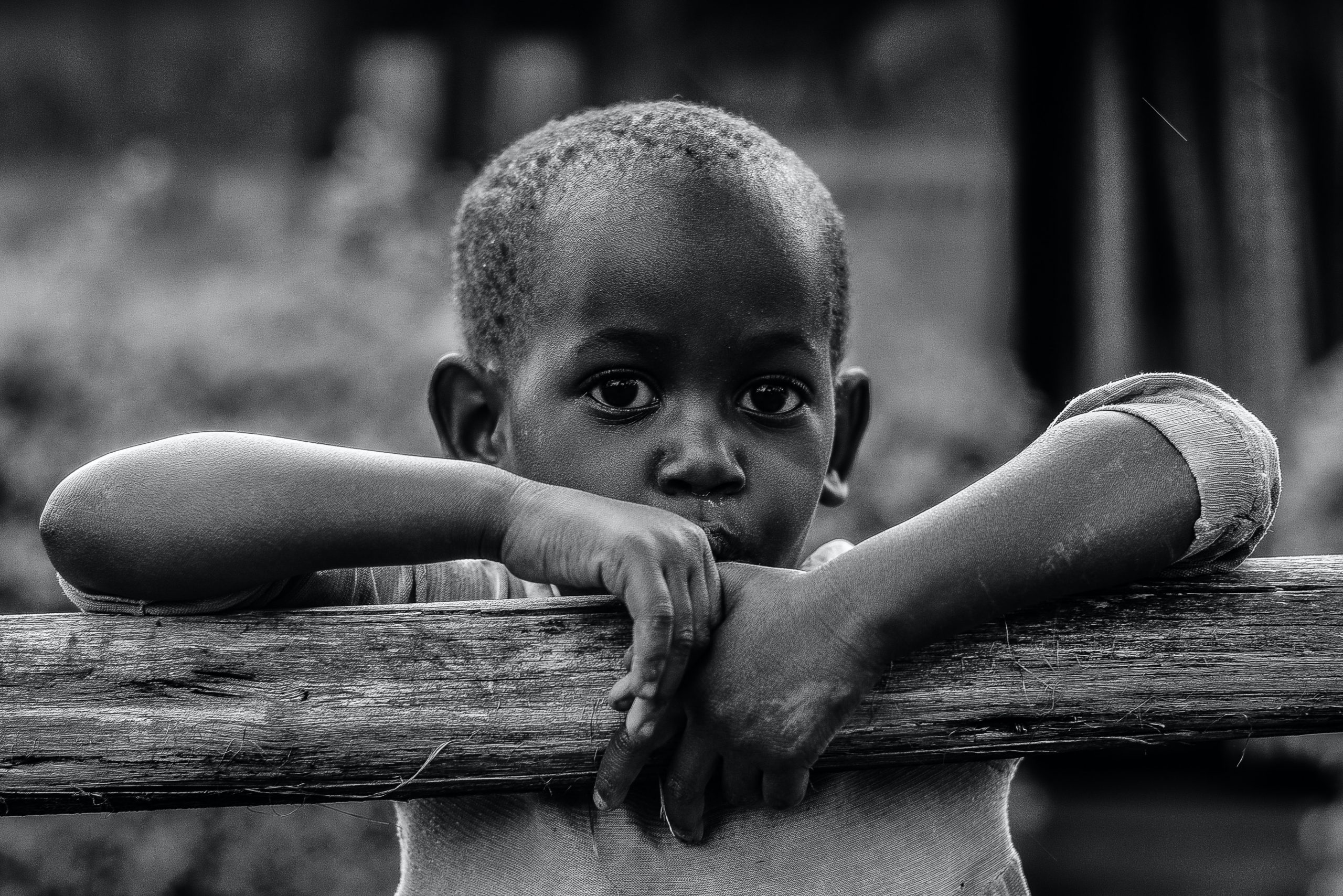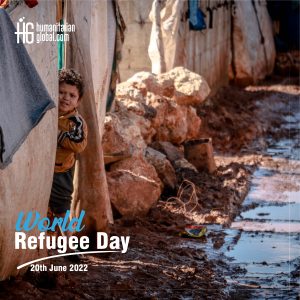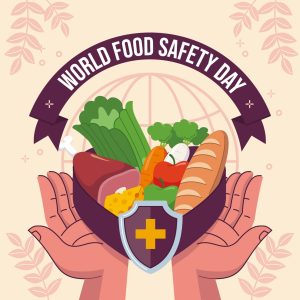The food security situation has been deteriorating in the Arid and Semi-Arid (ASAL) counties of Kenya. This has been mainly due to the poor performance of last year’s short rains experienced in October and December and this year’s March and May’s short rains. Both seasons commenced late and had below-average cumulative amounts and poor distribution in both time and space. As a way to overcome acute food insecurity, people are normally forced into negative coping strategies. This damages household health and economies, thereby weakening people’s resilience significantly. In addition to the poor rainy season, other enablers of acute food insecurity are the effects of the current COVID-19 pandemic, recurrent droughts, pests and diseases, conflict, and insecurity, all of which increase the cost of staple foods and livestock.
In January 2021, The Finnish Red Cross supported the Kenya Red Cross Society in undertaking a food security assessment covering the counties of Marsabit, Garissa, and Turkana. In July 2021, the National Drought Management Authority (NDMA) issued a bulletin stating that twelve counties in Kenya are in the alert drought phase. According to the National Drought Early Warning Bulletin reports, the twelve counties are Garissa, Mandera, Marsabit, Wajir, Tana River, Lamu, Makueni, Kilifi, Samburu, Laikipia, Isiolo, and Kitui. In the same month, the International Federation of Red Cross and Red Crescent Societies (IFRC) launched a DREF (Disaster Relief Emergency Fund) operation, to assist 1,000 families with in-kind assistance for 1 month and 2,000 families with cash transfers for 2 months.
In August 2021, the Long Rains Assessment report indicated a decline in the food security and nutrition situation in the 12 counties, with 23 other counties reporting drought. The Kenya Red Cross Society (KRCS) is currently administering the Drought DREF of August 2021 which targets 60,000 people. As the situation exacerbates further, the President of the Republic of Kenya proclaimed the drought as a national disaster on 8th September 2021. It is purported that the country’s Ministry of Interior and Coordination of National Government and the National Treasury have been mandated with leading government efforts in assisting the affected households with water and relief food in addition to livestock uptake.
As of August 2021, The United Nations Office for the Coordination of Humanitarian Affairs (OCHA) reported that over 2.1 million people in the Arid and Semi-Arid Lands (ASAL) of Kenya are suffering from severe food insecurity. This is after two successive poor rainy seasons that have hindered crop production. This signals an approximately 70 percent increase since February 2021, when approximately 1.4 million people (representing 10 percent of the ASAL counties’ population) were grouped in Crisis (IPC Phase 3) or worse food insecurity levels, following the Integrated Food Security Phase Classification analysis. Moreover, the Kenyan Meteorological Department projected that the third successive poor rainy season for the short rains in the months of October-December will cause low-grade harvests and deteriorating livestock conditions in the northern and eastern parts of Kenya.
On 9th September 2021, The International Federation of Red Cross and Red Crescent Societies (IFRC) launched the Emergency Appeal to support the Kenya Red Cross Society in scaling up the response. This Emergency Appeal requests a total of 8 million Swiss Francs to enable the International Federation of the Red Cross and Red Crescent Societies (IFRC) to support the Kenya Red Cross Society (KRCS) in delivering humanitarian aid to 500,000 people (100,000 households) for 18 months to deal with the ongoing drought crisis in Kenya. This operation will focus on Livelihood and Basic Needs, Water, Sanitation and Hygiene (WASH), Health and Nutrition, Protection, Gender and Inclusion (PGI), and Capacity Building of the National Society. The planned response will indicate the present situation and information accessible at the time of the progressing operation and will be adjusted based on further development and continued evaluations.







